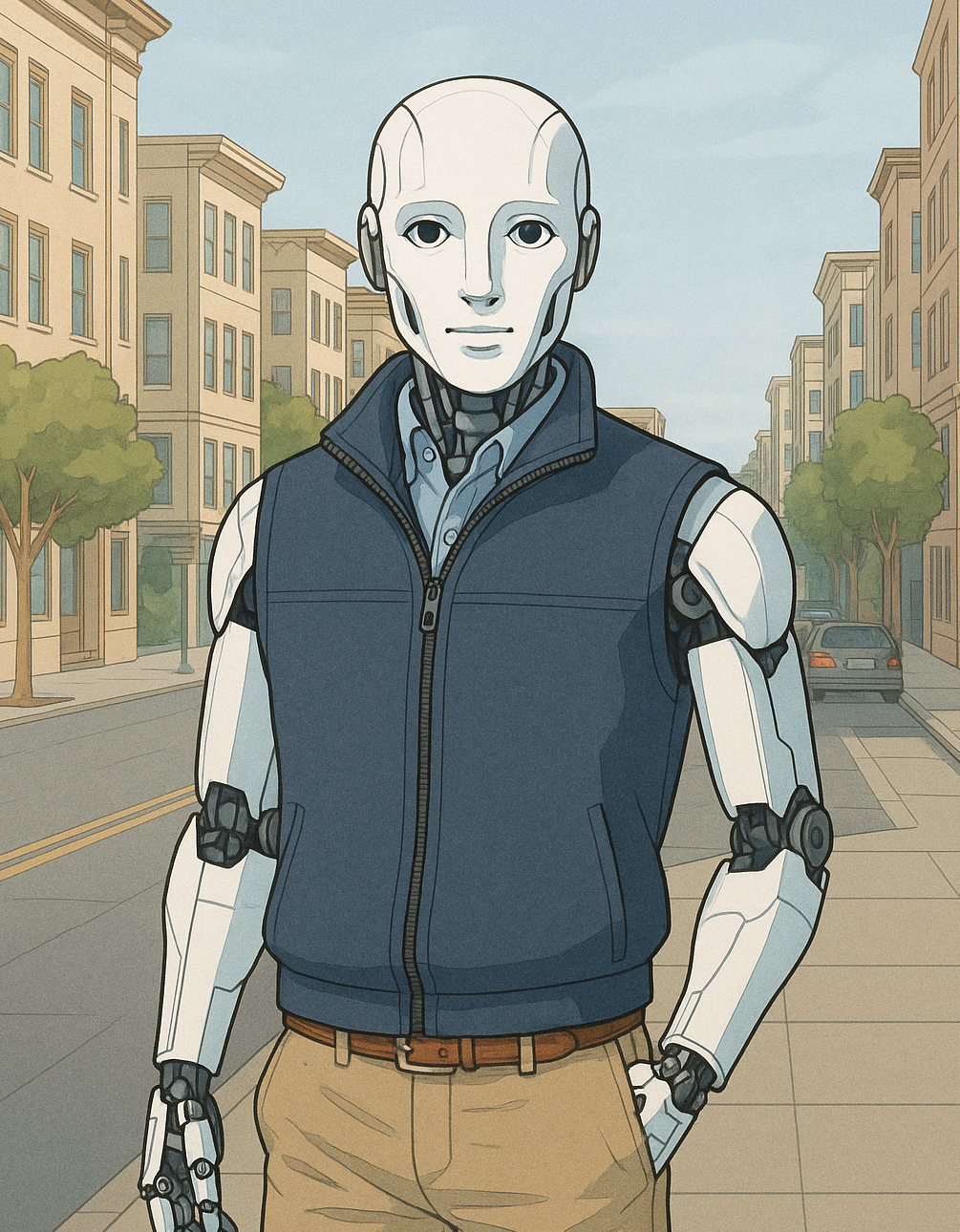Will VCs Lose Their Jobs to AI?
We recently hosted a nextNYC conversation with three people who sit at the intersection of data, judgment, and early-stage decision making:
Seth Wieder, Product Manager at Harmonic
Lauren Reeves, Principal at MGV
Collin Wallace, Partner at Lobby Capital
The theme:
As AI reshapes every corner of the startup world, will algorithms outcompete human investors—or simply become the sharpest tools in a VC’s belt?
“In an AI system, the earliest version of Airbnb (stay in strangers’ houses) or Uber (get in strangers’ cars) looks like a hallucination.”
Collin Wallace, Lobby Capital
We dug into sourcing, screening, diligence, and the question of whether AI can meaningfully replace (or at least outperform) parts of the venture process.
One thread in particular tied the whole conversation together.
The Bell Curve Problem
Collin put it most directly:
“Venture returns don’t come from the middle of the distribution. They come from the tails.”
The middle of the bell curve is where companies look reasonable, familiar, and incremental. AI excels at evaluating that zone because it’s built to generalize from past data and reward what looks statistically likely.
But venture isn’t about statistical likelihood.
A handful of companies every year generate the overwhelming share of returns. These companies:
Don’t match past patterns
Don’t look predictable
Often seem wrong at first
Would be flagged as low-probability by any model trained on historical data
In an AI system, the earliest version of Airbnb (stay in strangers’ houses) or Uber (get in strangers’ cars) looks like a hallucination.
In venture, it’s the crazy outlier everyone is looking for.
Where Gut Actually Comes From
Lauren Reeves expanded on this with a point about instinct—and referenced a book that captures the idea well: The Gift of Fear by Gavin de Becker.
The book’s premise is that humans often register subtle, meaningful signals long before they can articulate them. The subconscious processes information faster than the analytical mind.
Applied to venture, Lauren’s point is straightforward: sometimes your reaction to a founder happens before language catches up. It’s based on exposure, pattern recognition embedded over years of conversations, and the unspoken cues that data models don’t capture.
AI can only evaluate the attributes it’s given. Humans pick up context they don’t always know how to describe.
And because outlier companies don’t fit neatly into past patterns, instinct still plays a role in identifying the rare cases where something genuinely new is emerging.
So What Are the Tools Actually Good At?
Here’s where Seth’s perspective from Harmonic grounds the discussion.
AI can play a real role—not in replacing human judgment, but in reducing noise and widening the surface area of what you can see.
Tools like Harmonic are particularly good at:
Screening large numbers of founders
Summarizing experience, traction, and movement
Mapping the known terrain of a market
Highlighting standard patterns across many companies
Removing obvious “no’s” so humans aren’t wasting time
Seth described it this way: AI can take thousands of companies and compress them into the few dozen that align with your thesis, your stage, or your sector. It can surface signals faster, help you verify claims, and automate the work that used to absorb analyst hours.
But once you’re in the top 50—or the top 10—that’s where human judgment has to take over.
That’s where outliers hide.
A Simple Division of Labor
The conversation ultimately landed on a clean way to think about it:
AI reduces the noise by compressing thousands of possible companies into a smaller, manageable set.
Humans explore the tails by doing the nonlinear, tail-risk-reward work of identifying outliers.
That seems to be where things are heading: AI widening the funnel, humans deciding which improbable edges are worth betting on.
I do wonder, though, whether perfect information—interviews with successful founders in a time series as they grow and develop, recorded board meetings, captured pitches, whether AI one day could actually interview someone and create a model of success.
That’s a dataset we’re beginning to capture now, but it will take years before we know the outcomes. If Zoom pivots to venture, we’ll know where they got their algo from.
